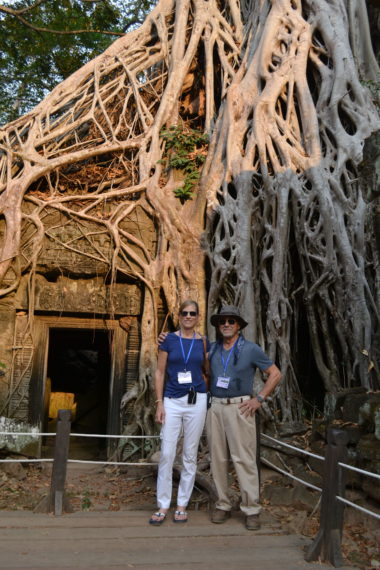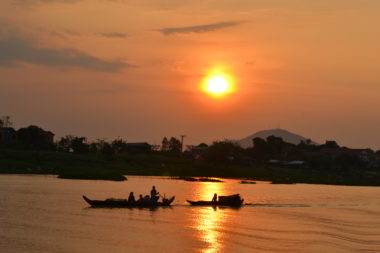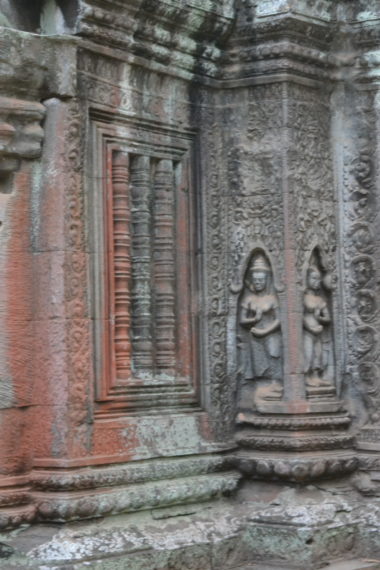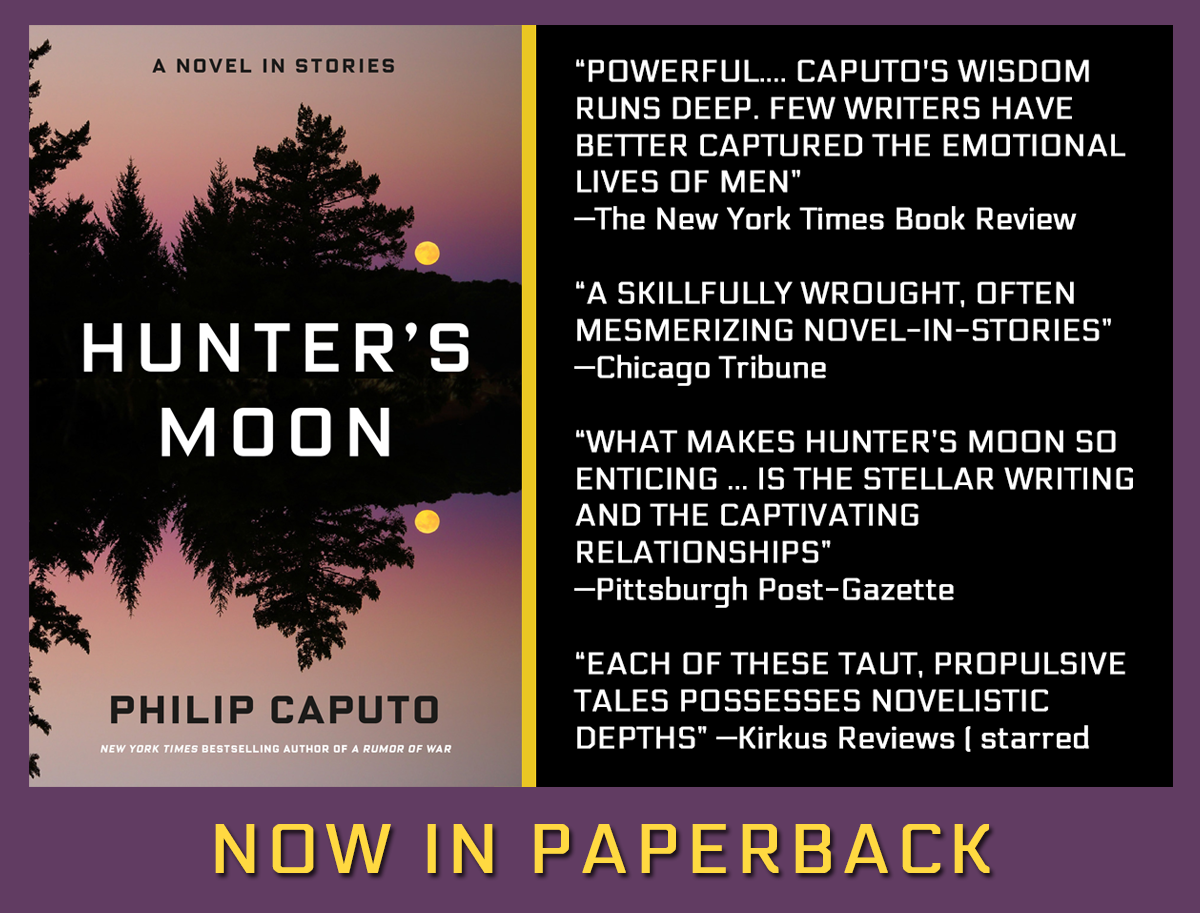Friday, the 3d of March. We are off the Tonle Sap and back on the Mekong, which isn’t navigable by large vessels for much farther. That’s why it’s our final day on the Jahan. Buddhist monks come aboard to bless the ship, their chants hypnotic and soothing. She casts off, and while she cruises toward an anchorage in the town of Kampong Cham, we listen to back-to-back lectures by two of the expedition’s staff. The first, given by Martin Cohen, an Australian naturalist, is about the Mekong. As I mentioned in an earlier post, it’s the 12th longest river in the world. Other impressive facts: it’s home to more than 1,200 species of fish, and 60-70 million people live in its basins, where 1,000 new terrestrial species have been discovered recently. A depressing fact: more than 20 dams are on the river, 40 more are in the works, and they will drastically affect fisheries and wildlife. Lecture #2, by David Brotherson, previously mentioned, covers the archeology of Angkor. I am tired and fail to take notes, so I can’t say anything about the subject.
We disembark at Kampong Cham, a well-kept French colonial city. I have been faithful to my mission to mingle with the passengers, but when the expedition leader, Larry Prussin, invites us to walk around town, Leslie and I welcome the chance to be alone and stroll along the river esplanade. The evening brings a farewell cocktail party, a salute to the ship’s mixed Vietnamese and Cambodian crew, and then a dance. It begins with popular Cambodian songs, then shifts to 50s and 60s rock. Leslie and I earn a few compliments for our performance to Chuck Berry’s “Mayballene.” It’s an exceptionally hot, still, muggy night, we’re sweaty, and an estimated one trillion small white moths hatch from the river banks to fog the lights on deck. I swallow a few thousand while we’re dancing.
Saturday. We disembark again and board buses for the 5-hour trip to Siem Reap and the temples of Angkor Wat. For the past week, I’ve been able to pretend that I’m an adventurer and to commune with the spirit of Joseph Conrad; now, off the water and on an air conditioned bus, I feel like what I am — a tourist. The feeling deepens when, after passing through flat rice plains and rubber plantations, we stop at a trinket shop that seduces me into buying a bauble — a carved wood dragon whose hinged mouth opens to an incense burner. In the early afternoon, we are deposited at our Siem Reap hotel, Le Residence d’Angkor, another 5-star establishment that deserves a 6. It’s a world unto itself, with tropical gardens, a 35-meter swimming pool, and gorgeous rooms. What the hell, if you’re going to be a tourist, might as well go all the way.
We clamber aboard minibuses in mid-afternoon for a trip to Ta-Prohm, a jungle-choked temple that was a location for the film “Tomb Raiders.” We are in the heart of what had been the Khmer Empire, which flourished from the 8th to the 14th centuries and at its height extended over all of present-day Cambodia, the southern third of Vietnam, and large swaths of Thailand and Laos. Its many kings built temples throughout their domain, scores of them. This one was constructed during the long reign of Jayavarman VII (1181-1220), known in tour-guide shorthand as J-Seven. These temples were more than religious sites; they formed the centers of vast cities. The biggest, at Angkor Wat, is believed to have had a population exceeding a million.
Khmer religious beliefs and culture stemmed directly from India, but were later overtaken by Buddhism. The two faiths in fact intermingled, and that proves a problem for the western visitor. Both are so complex they make Jewish dietary laws read like a Betty Crocker recipe book. Our guide, a lively, knowledgable woman named Pich (pronounced Peach), gives us a short course on Hinduism as we traipse behind her, listening device buds in our ears. The Hindu religion, like Christianity, holds a trinity as supreme: Vishnu, the Protector, Shiva, the Destroyer, and Brahma, the Creator. However, the pantheon includes a host of lesser divinities, along with an assemblage of demons, and enough mythological beings to fill Yankee Stadium. To complicate things further, Vishnu returned to Earth in ten avatars, called the Ten Incarnations. The best known of these in the West is Krishna, who rights wrongs and brings happiness to the world.
Keeping all of this straight is beyond me in the triple-digit heat. I am further distracted by swarms of my own kind, tourists; mostly Chinese and Japanese, but with respectable contingents of young Western backpackers. These throngs spoil the spooky, romantic atmosphere (Really, the world should institute a global tourist-free day once a month; nobody gets to go anywhere), The ruins are fantastic, despite the hordes toting cameras and guidebooks.

Leslie and me, by the roots of a tree overgrowing the ruins at Ta-Prohm.

Sunset on the Mekong.
Because restoration work is in its early stages — it didn’t begin until 2007 — the jungle hasn’t been completely cleared; it clings to the crumbled towers, the roofless pavilions and piles of rubble. Parrots and birds cry from the branches of trees tall as 20-story buildings. The lichen-smeared walls of a hall where apsara dancers performed at religious ceremonies, tossing lotus blossoms as blessings, look mysterious and haunting. In one half-destroyed tower, the roots of a 300-year-old tree coil around the sandstone blocks like giant serpents, and a banyan root drooping over a corner of a wall resembles an elephant trunk. And under a protective roof is a headless statue of Buddha, discovered only two years ago. If you can ignore the crowds — which isn’t easy — you can imagine what it was like for the archeologists who first discovered this temple.

Bas reliefs at Ta-Prohm, stained by red lichen.



Phil…
It’s Maybelline…
Where is the video of you and Leslie dancing?
Your friends need to see visual evidence.
JK
Thank you, Phil. Such good writing.